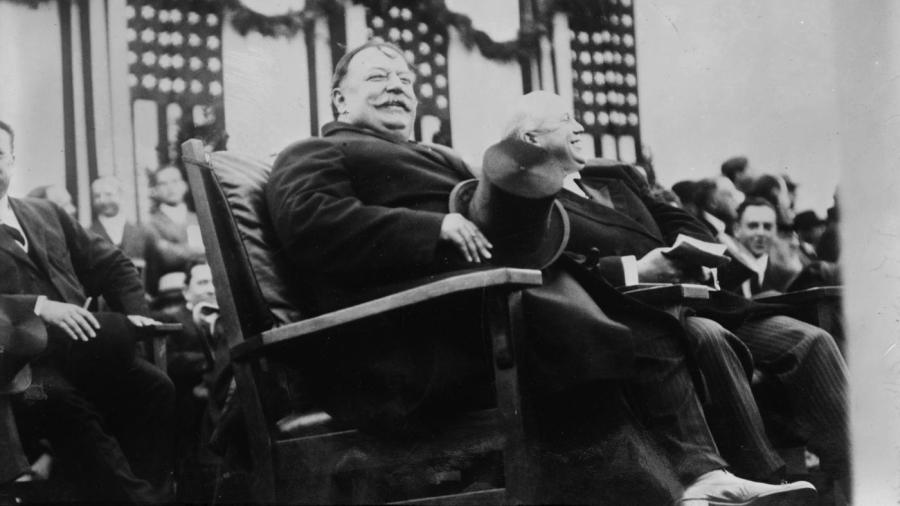What Did William Howard Taft Do During the Progressive Era?

William Howard Taft’s presidency during the Progressive Era was marked by a high number of trust-busting suits, fair regulation of railroad rates through the Interstate Commerce Commission, the passage of two constitutional amendments and the use of dollar diplomacy to stimulate trade with Latin America. Although Taft was an unpopular president, he led an active term in office and was just as progressive as Theodore Roosevelt.
According to History.com, Taft initiated 80 anti-trust suits against industrial combinations–nearly twice the number issued by his predecessor Roosevelt. One of the most notable suits was against U.S. Steel for acquiring a Tennessee company.
Taft further pushed for big-business regulations by empowering the Interstate Commerce Commission to stop the efforts of 25 western railroads to raise their rates by 20 percent. Taft initially threatened to enforce the Sherman Antitrust Act, but eventually settled the issue by having all rate requests go through a newly created department of the ICC.
Taft was responsible for important fiscal policy reform. He changed the budgeting process for the executive branch by having each executive department submit its request to the cabinet for analysis and by creating the Commission on Economy and Efficiency to study and improve budgeting procedures. In the area of race relations, Taft encouraged blacks to seek education and engage in entrepreneurship, and shot down legislation that would have harmed blacks by requiring a literacy test for unskilled laborers.





